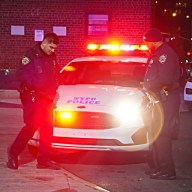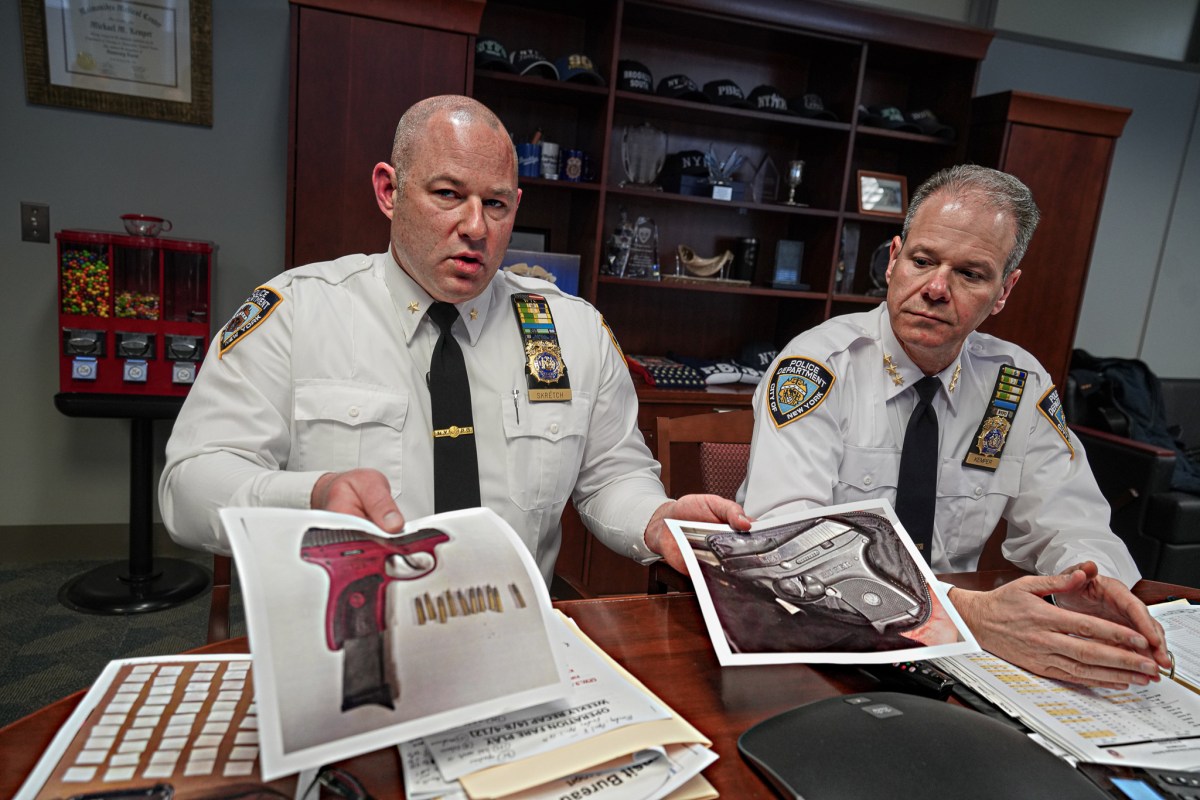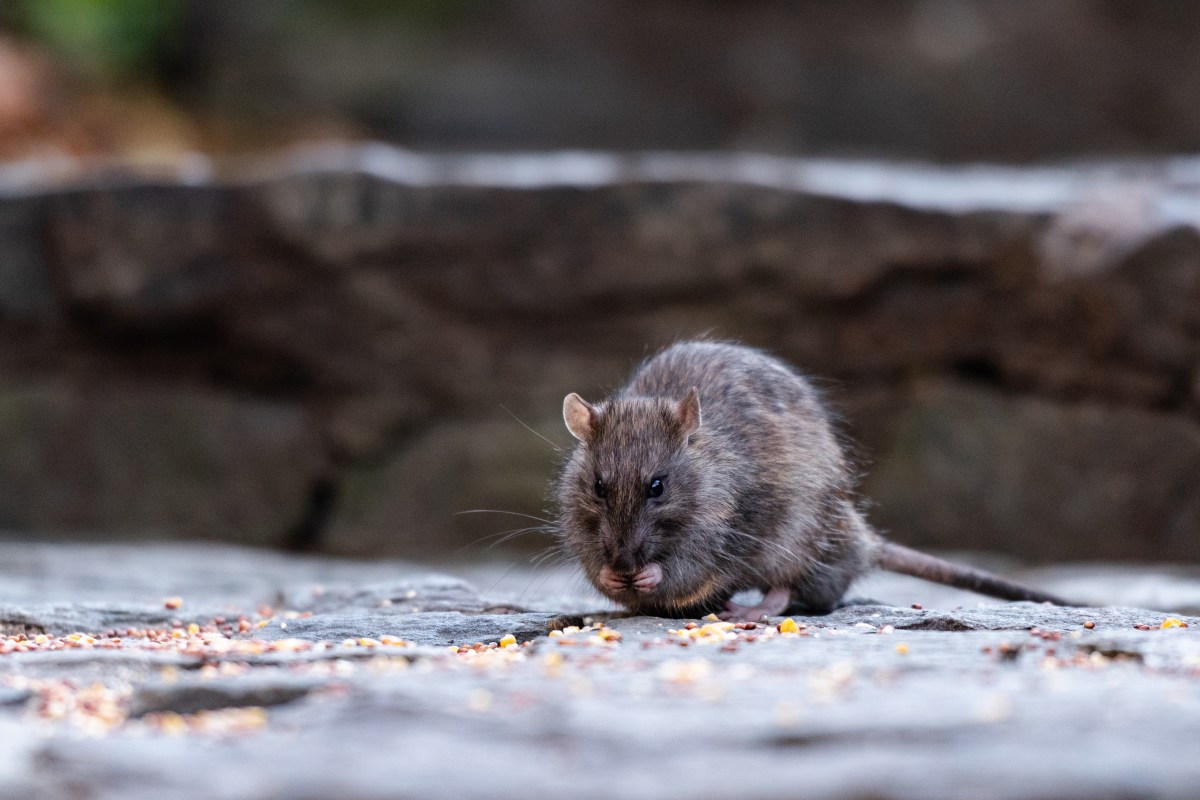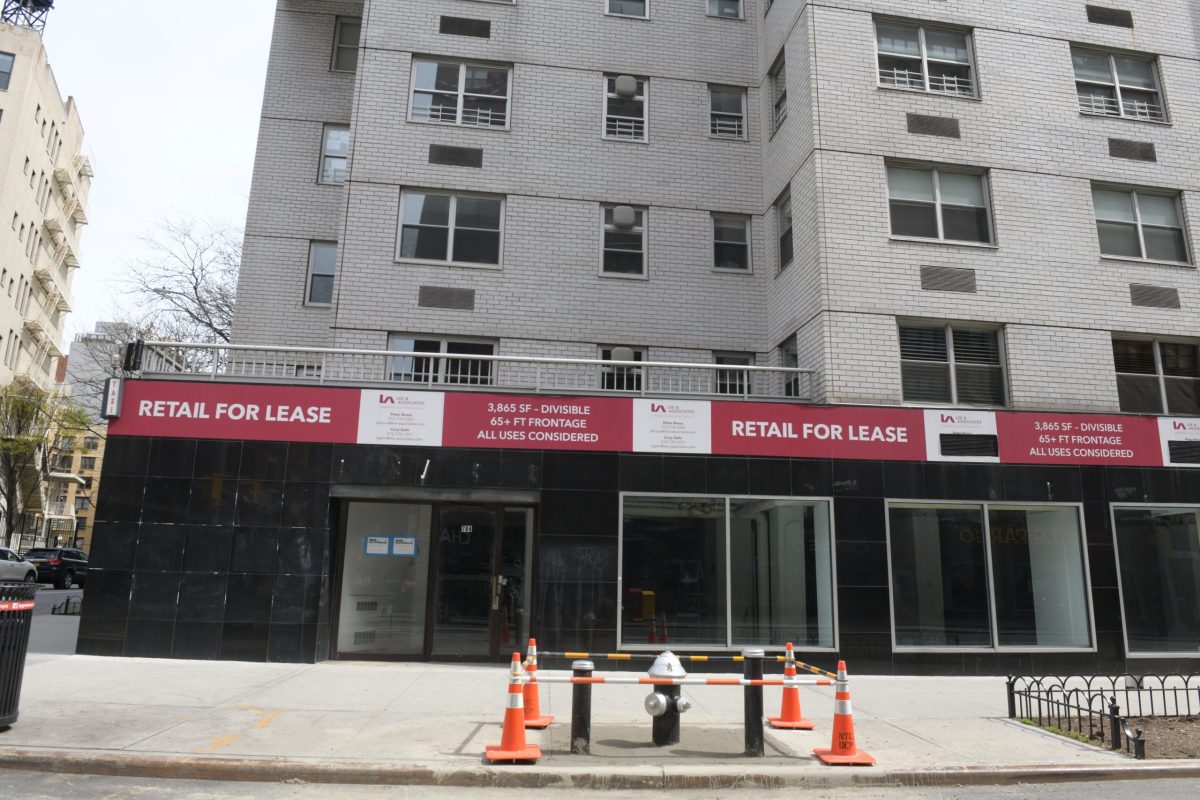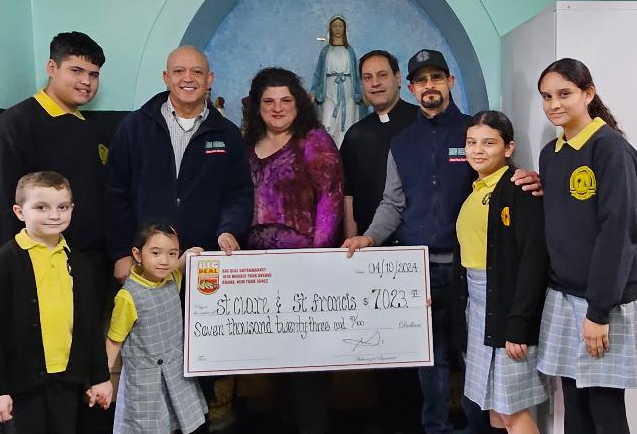The Wildlife Conservation Society is celebrating the 25th anniversary of the Bronx Zoo’s animal hospital.
The state-of-the-art facility, called the Wildlife Health Center, is a sprawling 26,000 square-foot hospital and applied research building that houses laboratories, a library, and conference space. It has specialized areas for surgery, pathology, and creating medical images.
The center, located on the grounds of the Bronx Zoo, is also the headquarters of the WCS’ Global Health Program monitoring the health of wildlife populations around the globe, and tracks the movements of potential outbreaks of diseases that affect animals and people alike. The facility opened on April 30, 1985.
On Thursday, December 9, WCS executive vice president and former head veterinarian Robert Cook, and Paul Calle, director of zoological health, gave a tour of the facility where animals are treated for sickness. The rare peek inside the facility revealed procedure and treatment rooms as advanced as any found in a hospital for people, as well as a pharmacy, labs, and a video-monitoring system of sick animals.
“The evolution in every aspect of veterinary medicine has been dramatic as it has been in human medicine,” Cook said. “Because of the nature of our organization, we are able to stay at the forefront of discovery. We oftentimes are working with corporations or hospitals to apply human technology to the animals we care for. The innovations in human health care are often seen in what we do.”
Cook said that the integration of wildlife animal care and human care was completed less than 10 years ago when the first outbreaks of West Nile Virus began to affect both birds at WCS and the people in the City around the same time. Since that time, he said, health agencies that track diseases have become much more open to working with the WCS on diseases that affect both animals and people. The zoo’s medical programs have grown by leaps and bounds since the Bronx Zoo hired its first full-time veterinarian back in 1902, and have advanced at a rapidly increasing pace since the 1980s.
“When I started here, we had a staff of 11, and today we have over 100 health professionals working around the world; about 35 are in this building,” Cook said.
At the Wildlife Health Center, Cook said that there are about 70 veterinarians who are in the field all over the world as part of the WCS Global Health Program. Many are native to the areas that they are working in, whether it be Africa, Asia, or South America, but they consider the Wildlife Health Center their base of operations.
At the Wildlife Health Center, veterinarians diagnose animal ailments through endoscopic procedures, x-rays, ultrasounds, and a clinical laboratory. The facility features minimally invasive surgeries like laser surgery, dentistry, and intensive care.
The Special Care Unit, an addition to the hospital now under construction after an October groundbreaking, should prevent animal-prone diseases from spreading. It will provide isolation and quarantine, and it will maintain animals in a secure, climate-controlled enviorment, allowing for veterinarians to try different types of treatment.








